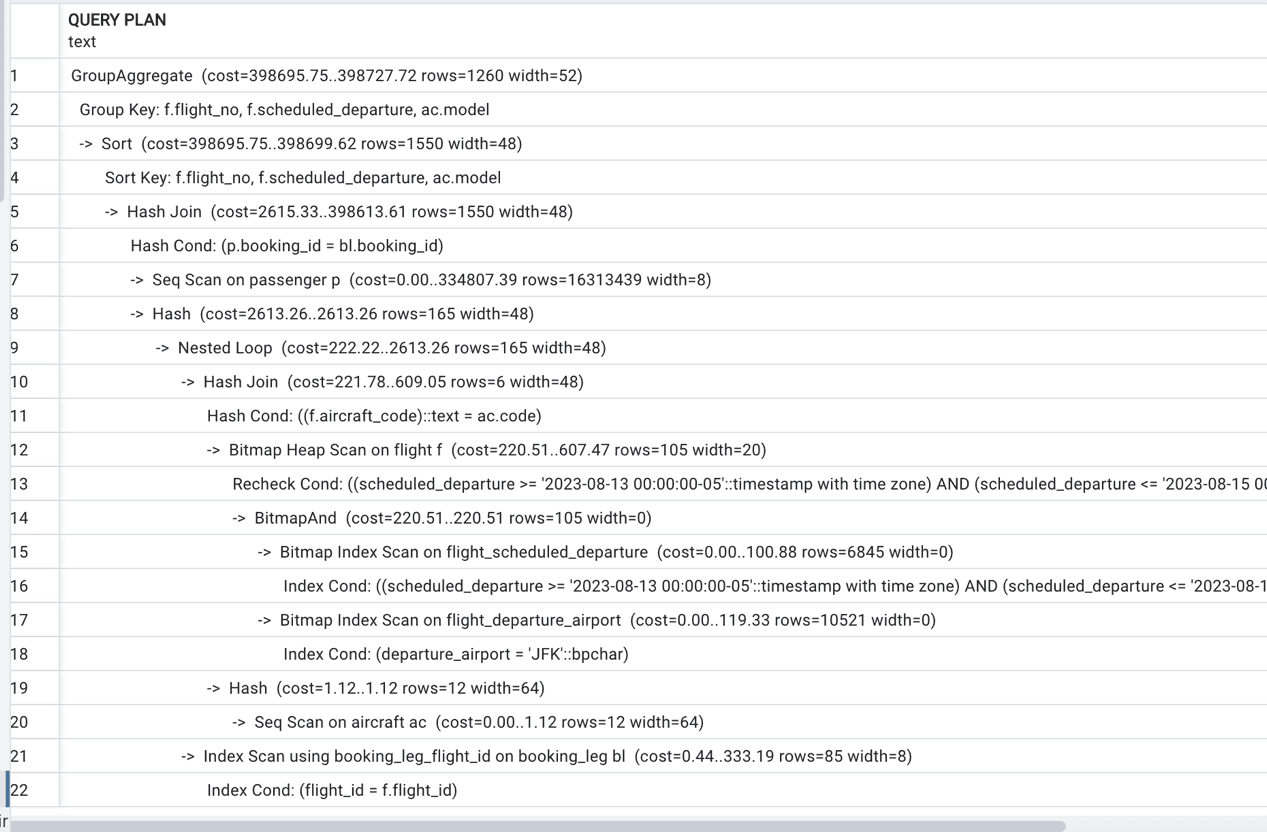亨丽埃塔·多姆布罗夫斯卡娅:探索PostgreSQL索引
In this blog, we continue our exploration on PostgreSQL indexes which we started here. In that article, we learned what an index is, and how exactly indexes can help with query execution. But...
本文探讨了PostgreSQL索引的相关内容,包括唯一索引和主键、唯一约束的区别,外键是否自动创建索引,复合索引的使用情况,位图索引扫描的工作原理,索引的选择性和位图索引的使用情况。

